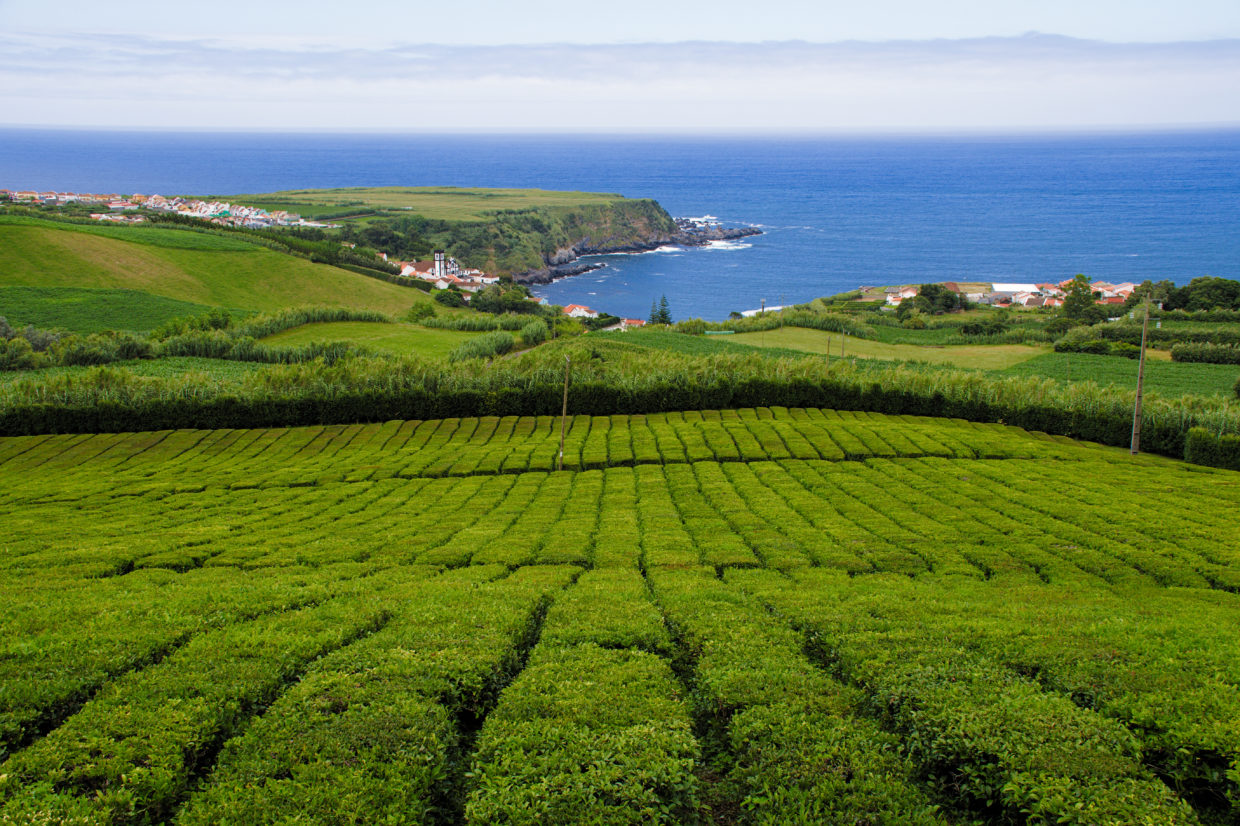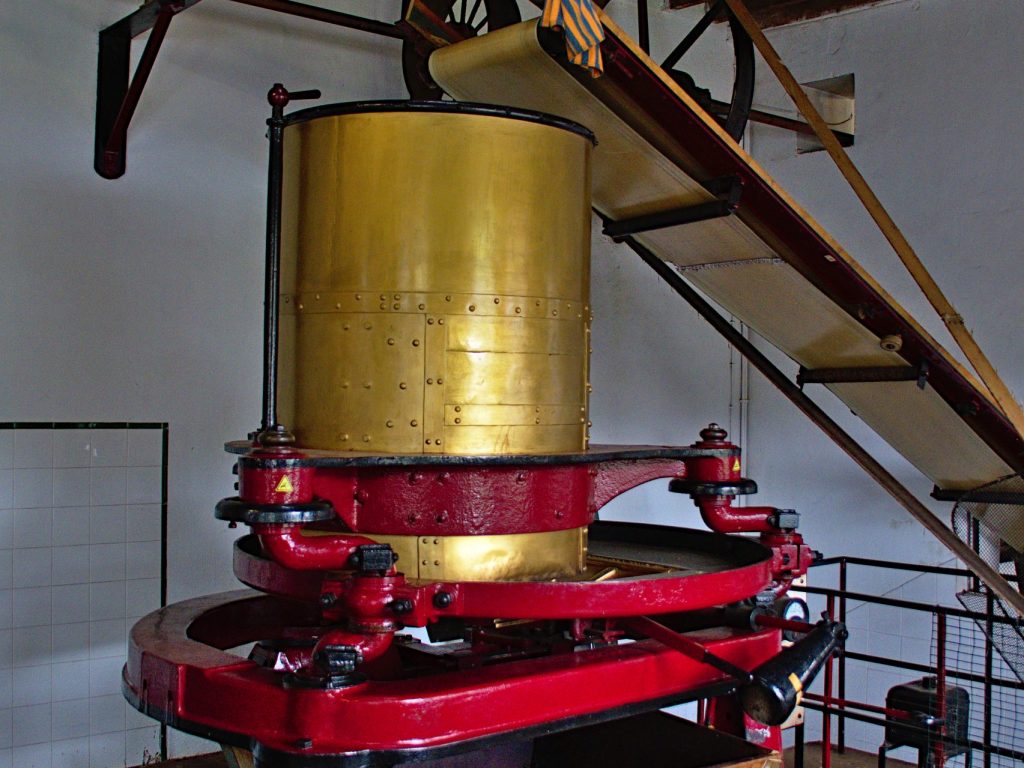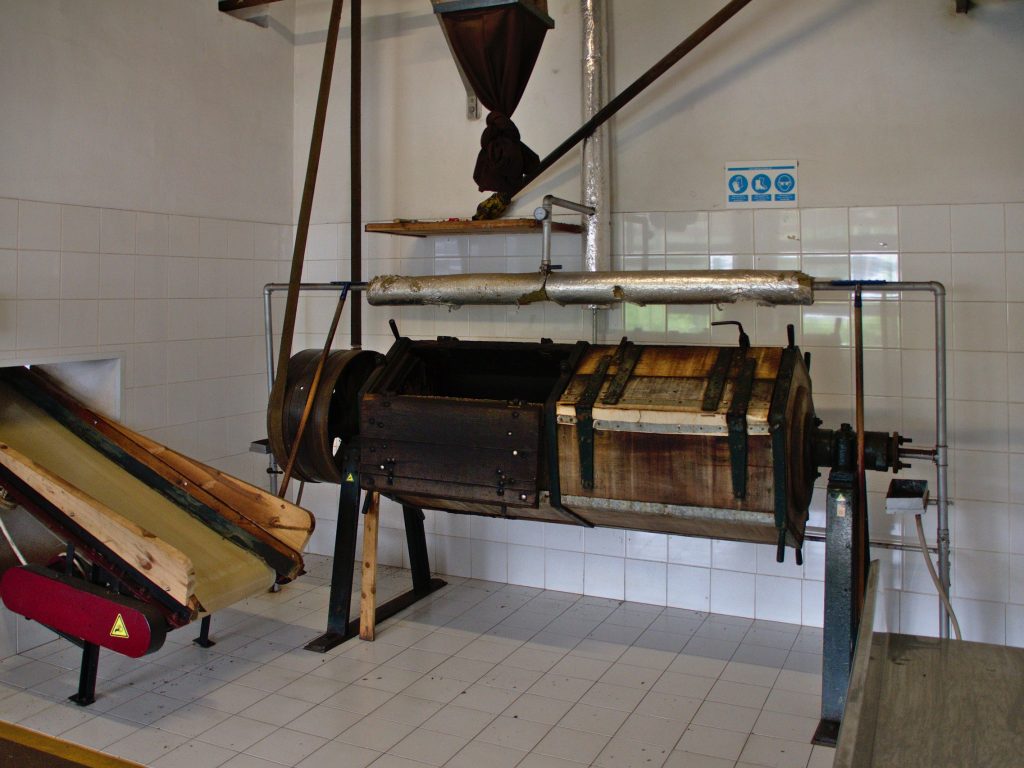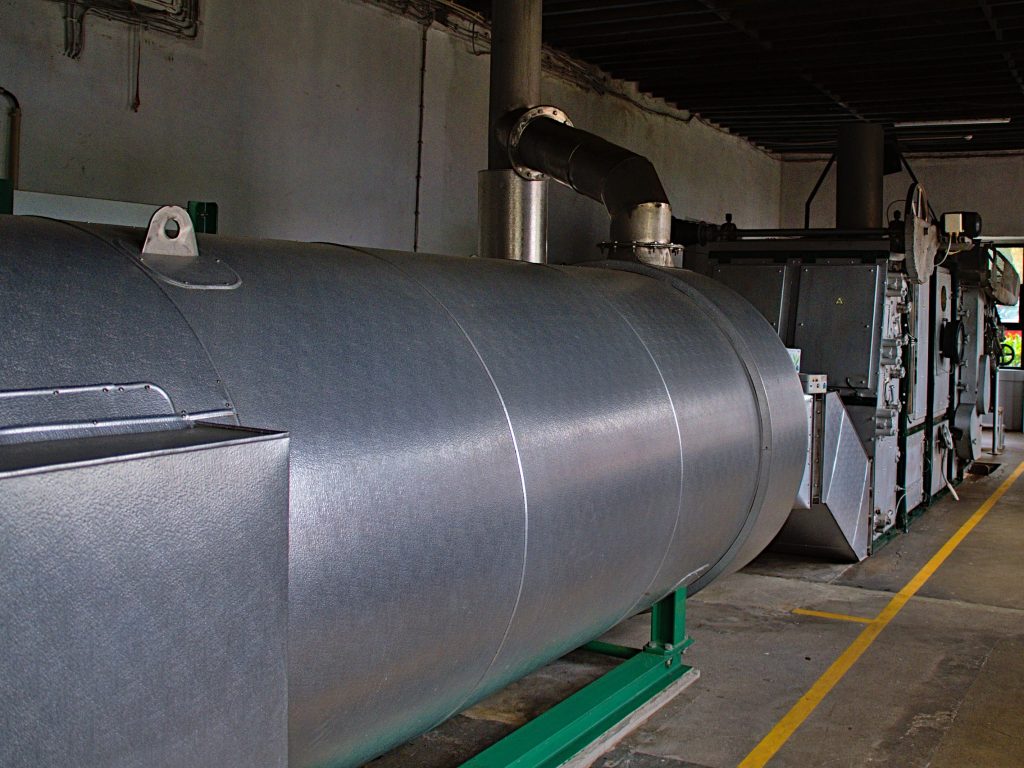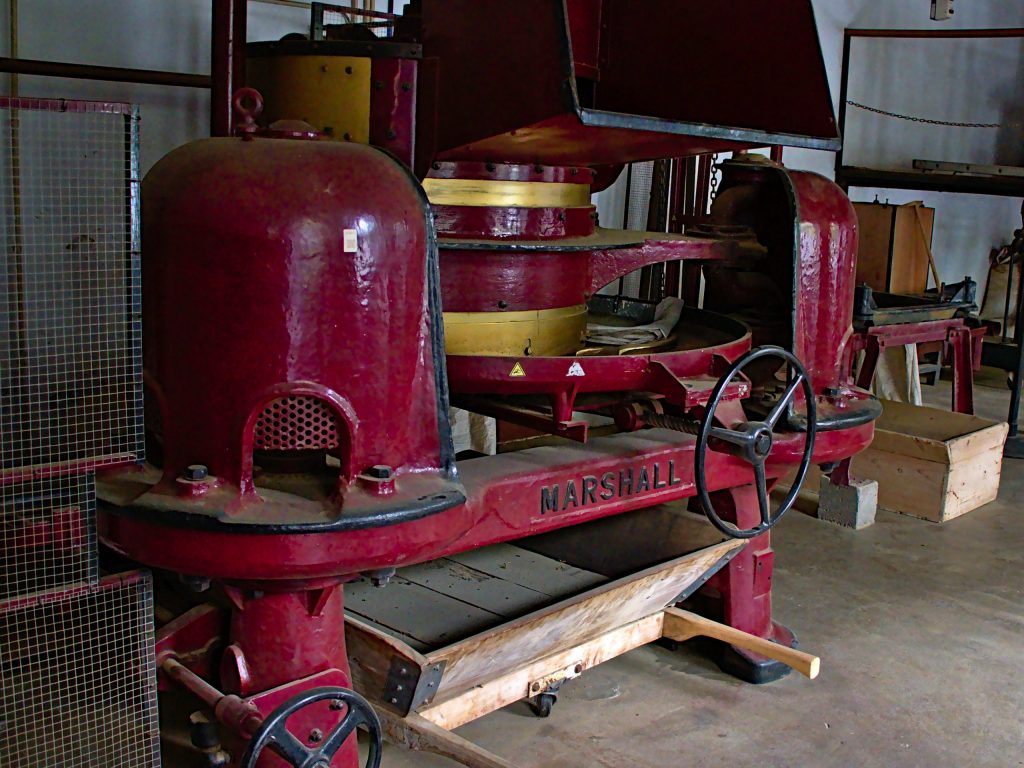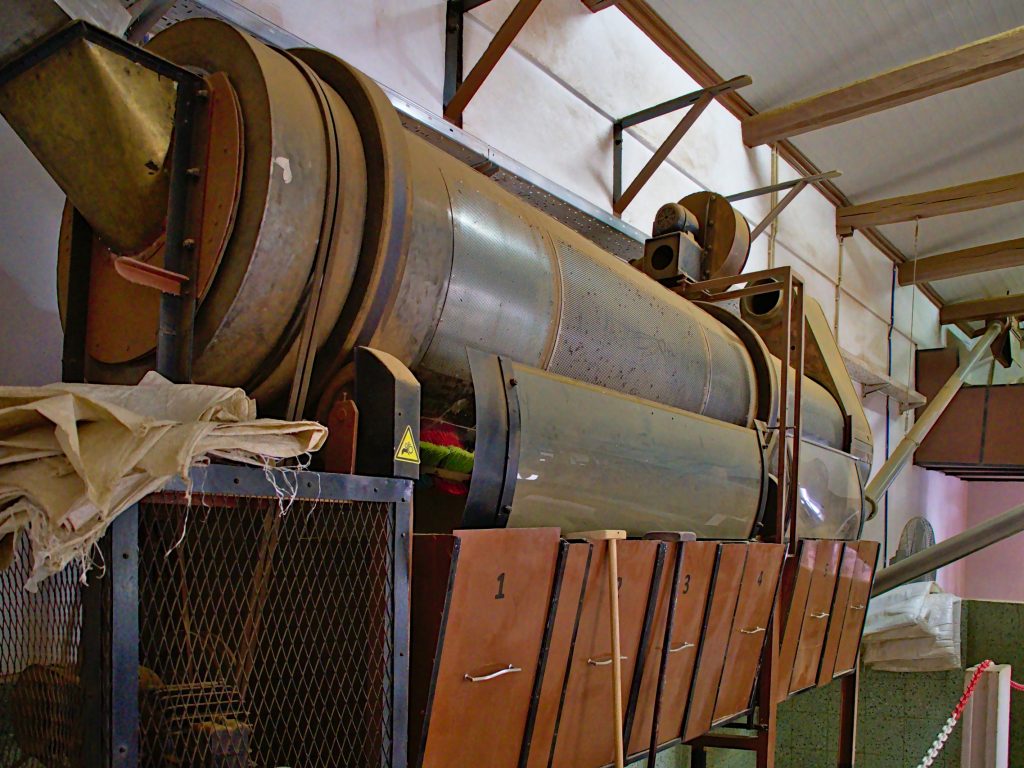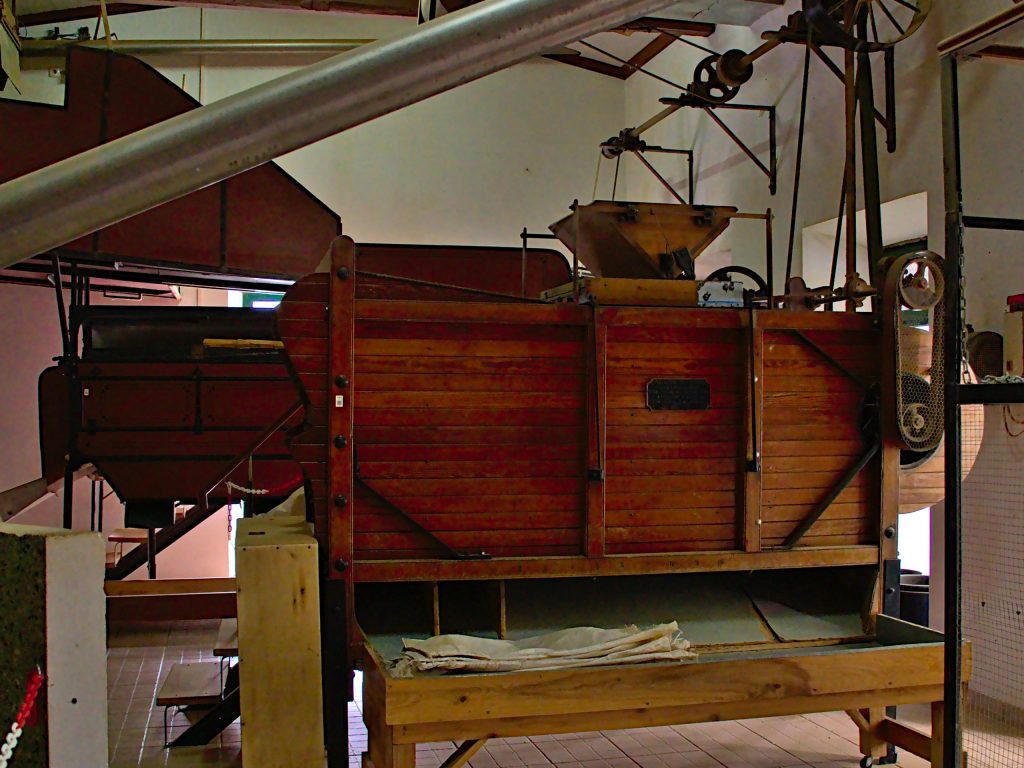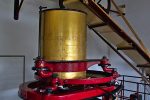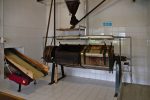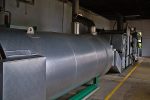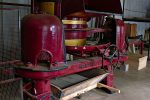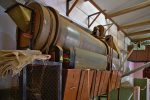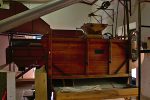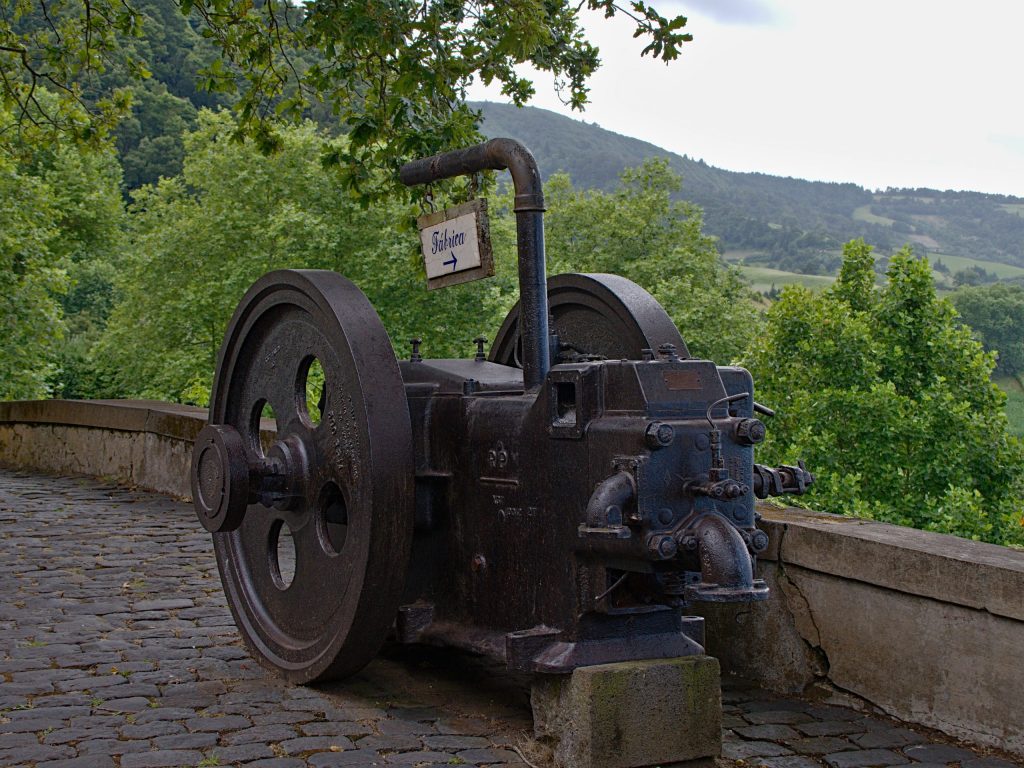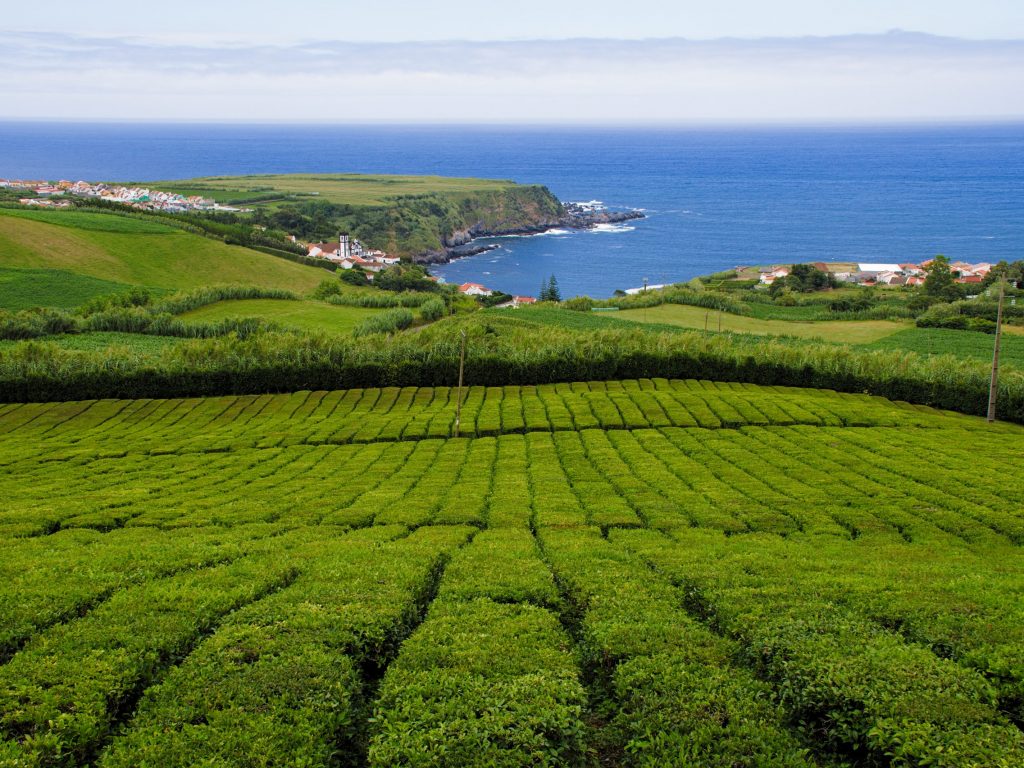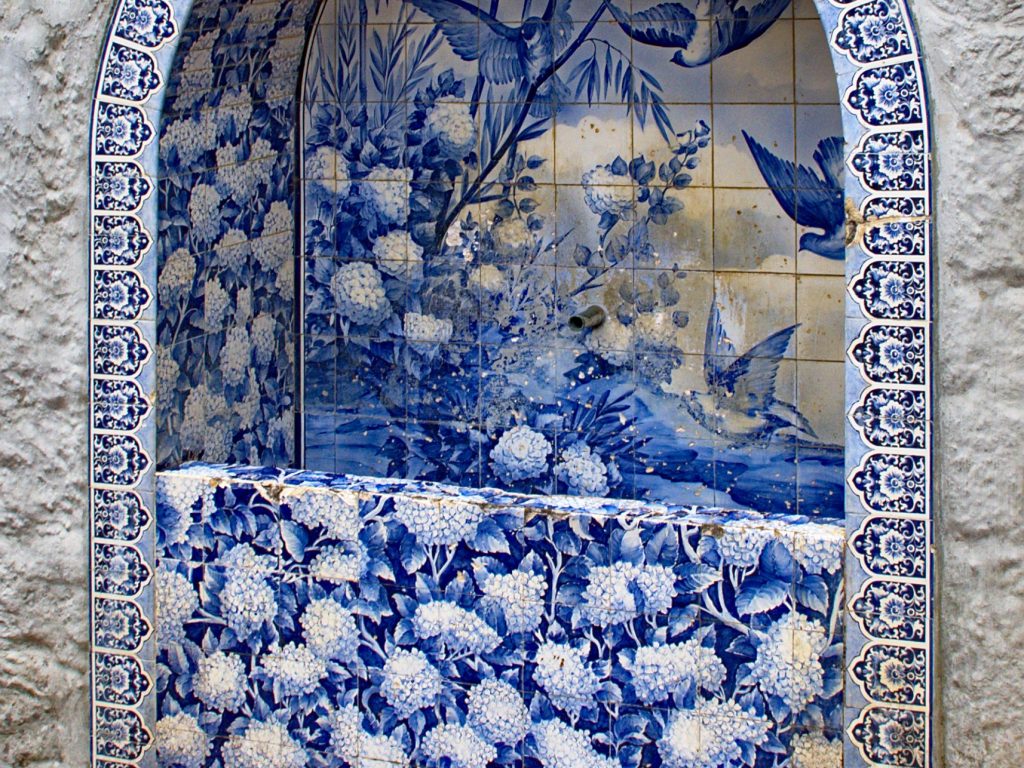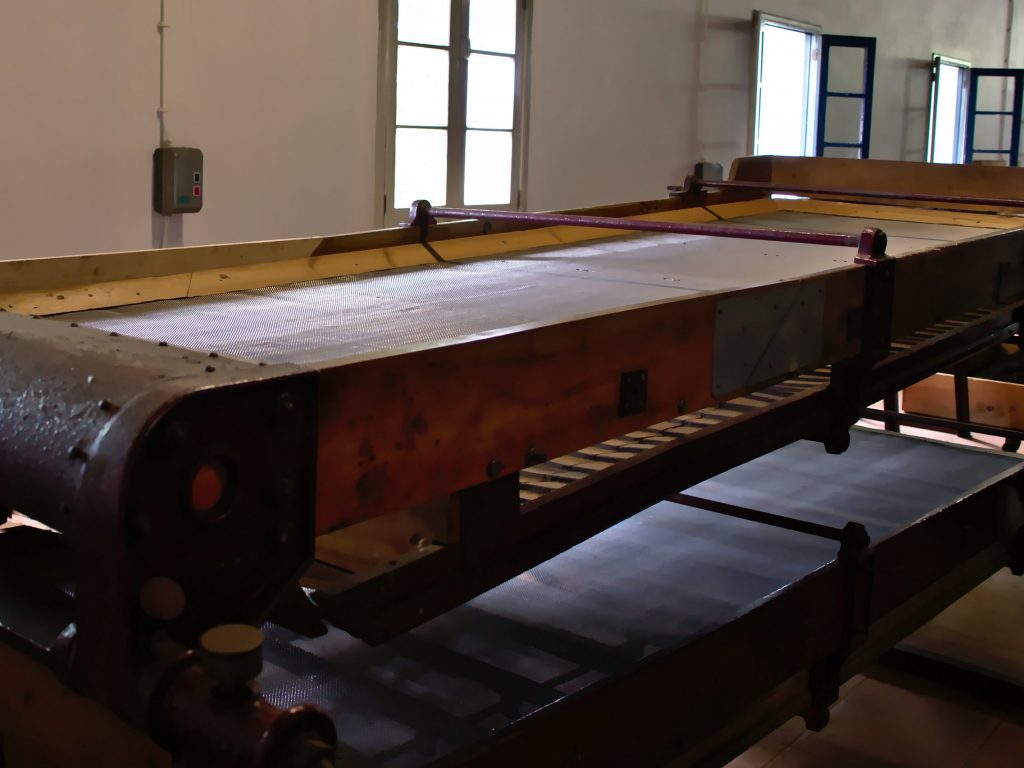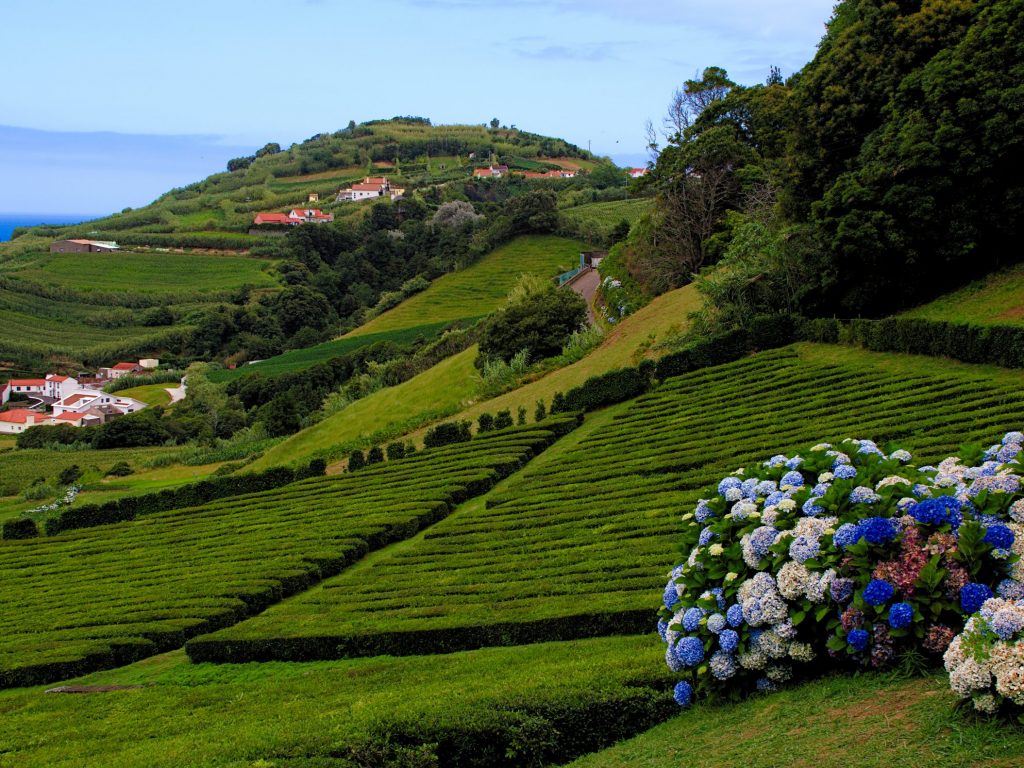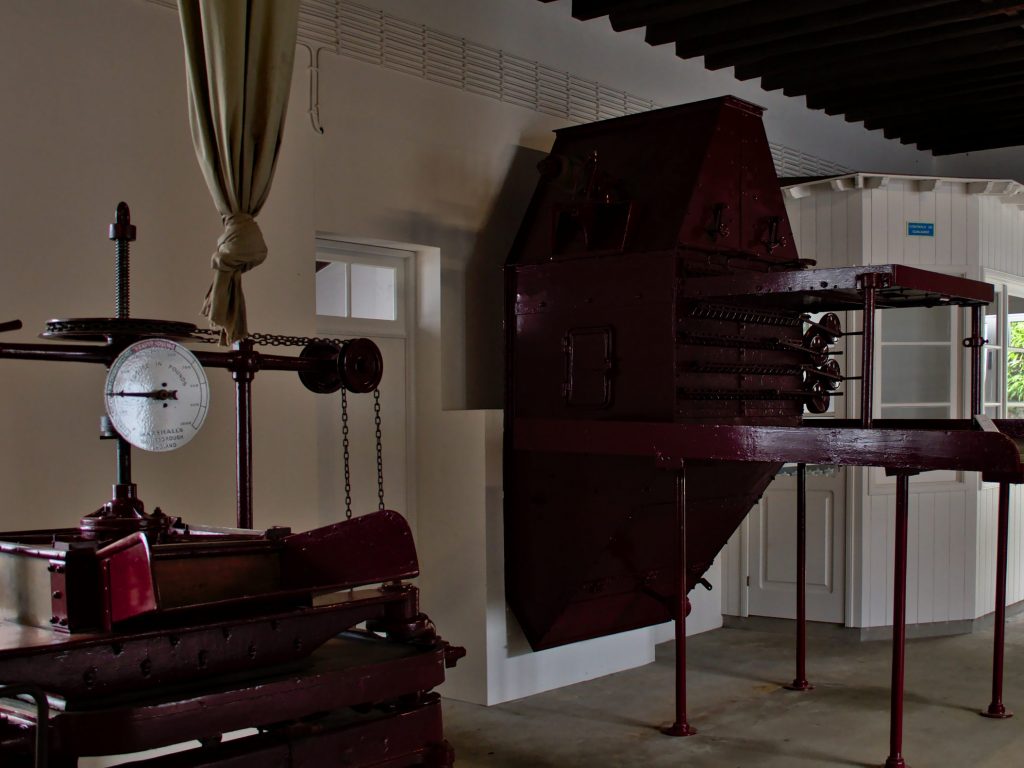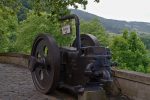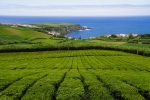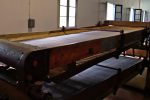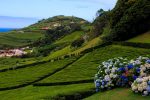Everyone probably knows that there is a long history surrounding tea, going back to China during the time before Christ. In Europe, too, the known history of tea goes back to the 17th century. Not everyone knows, however, that tea is not only enjoyed in Europe, but also farmed and processed there. In fact, two companies with a long history that manufacture tea still today (Chá Gorreana and Chá Porto Formoso), can be visited on São Miguel. As part of your visit, you can, of course, get an impression of the quality of their tea by tasting samples.
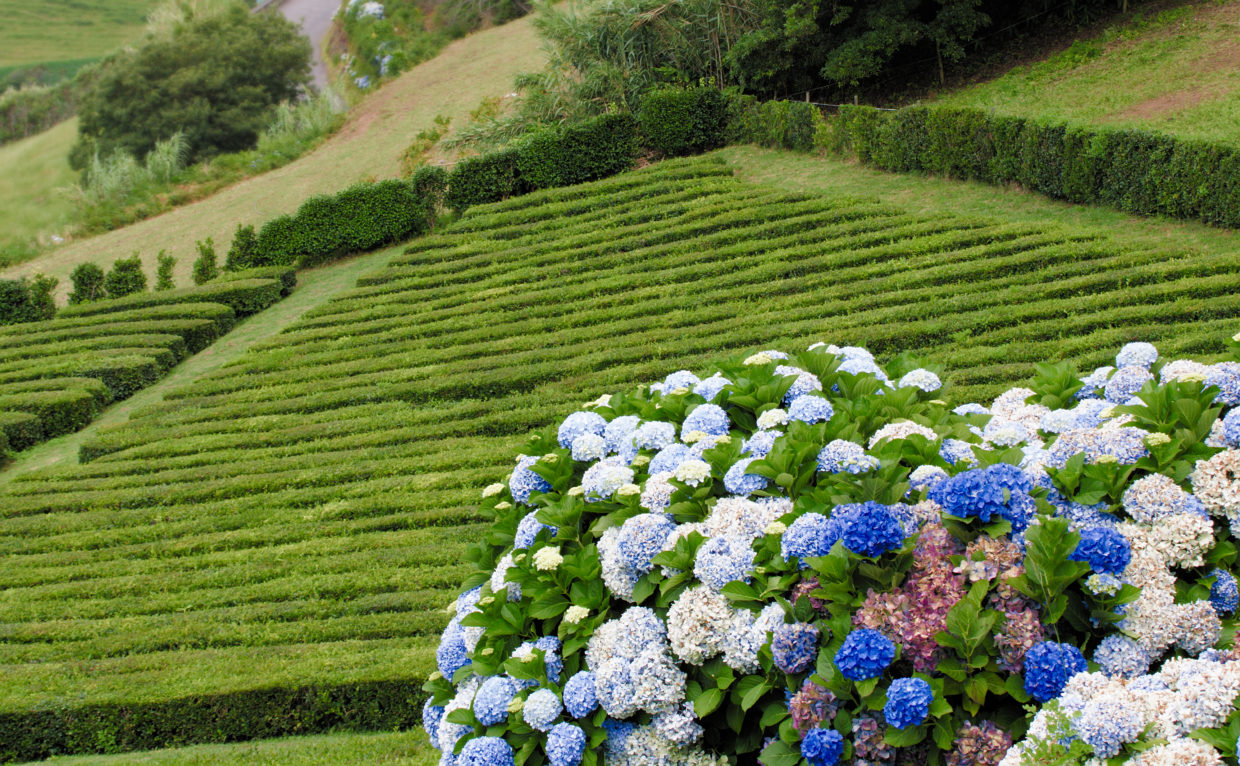
The two factories are only a few kilometres apart and both have their very own character. They are worth a visit for several reasons. Besides the tea, you can also see historical as well as contemporary machines that give you a great insight into the production of tea. Additionally, you may enjoy the view of the ocean and the mountains across the tea plantations. During a short guided tour, you will also be able to ask any questions you may have.
The tea plantation Chá Gorreana
The Chá Gorreana factory is situated by the main road between Maia and São Brás.
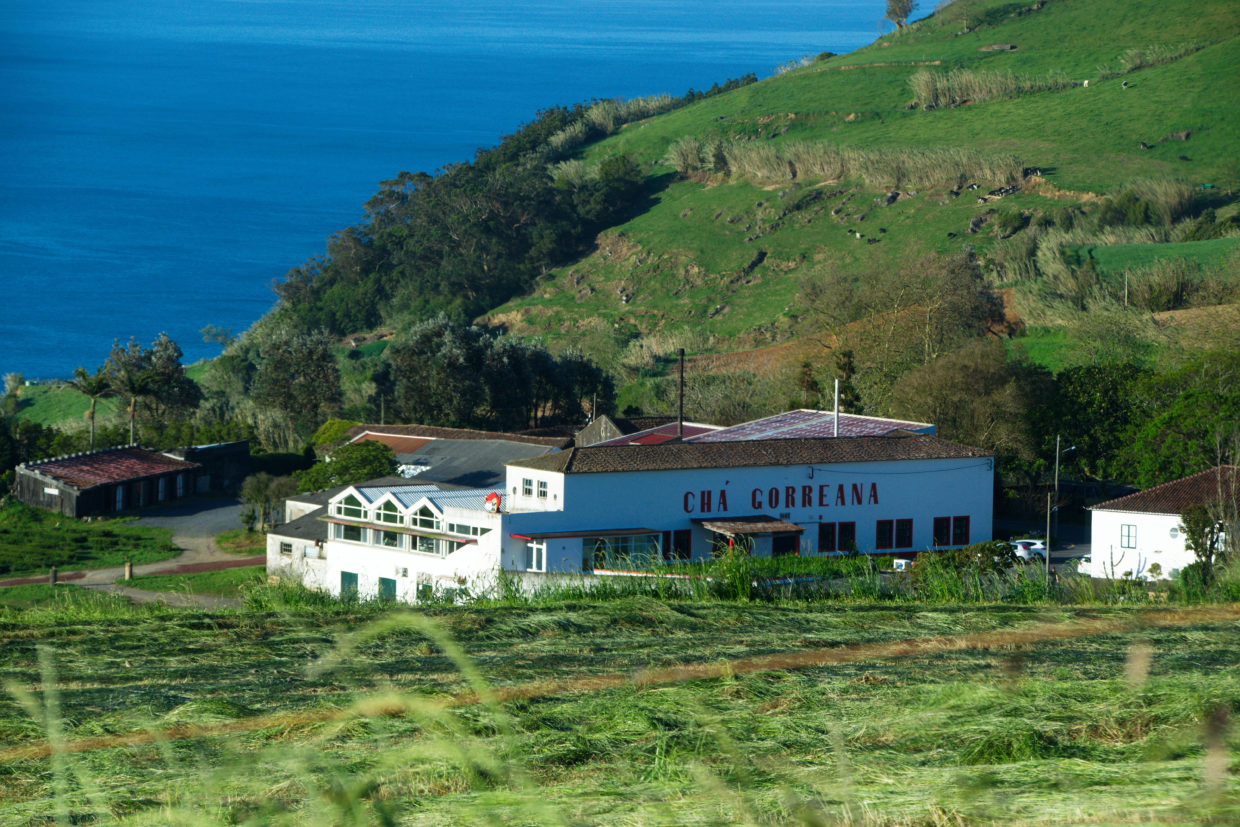
All around the factory, you can see tea plantations, easily recognisable by the tea plants placed in parallel. They are green all year round, no matter the season.
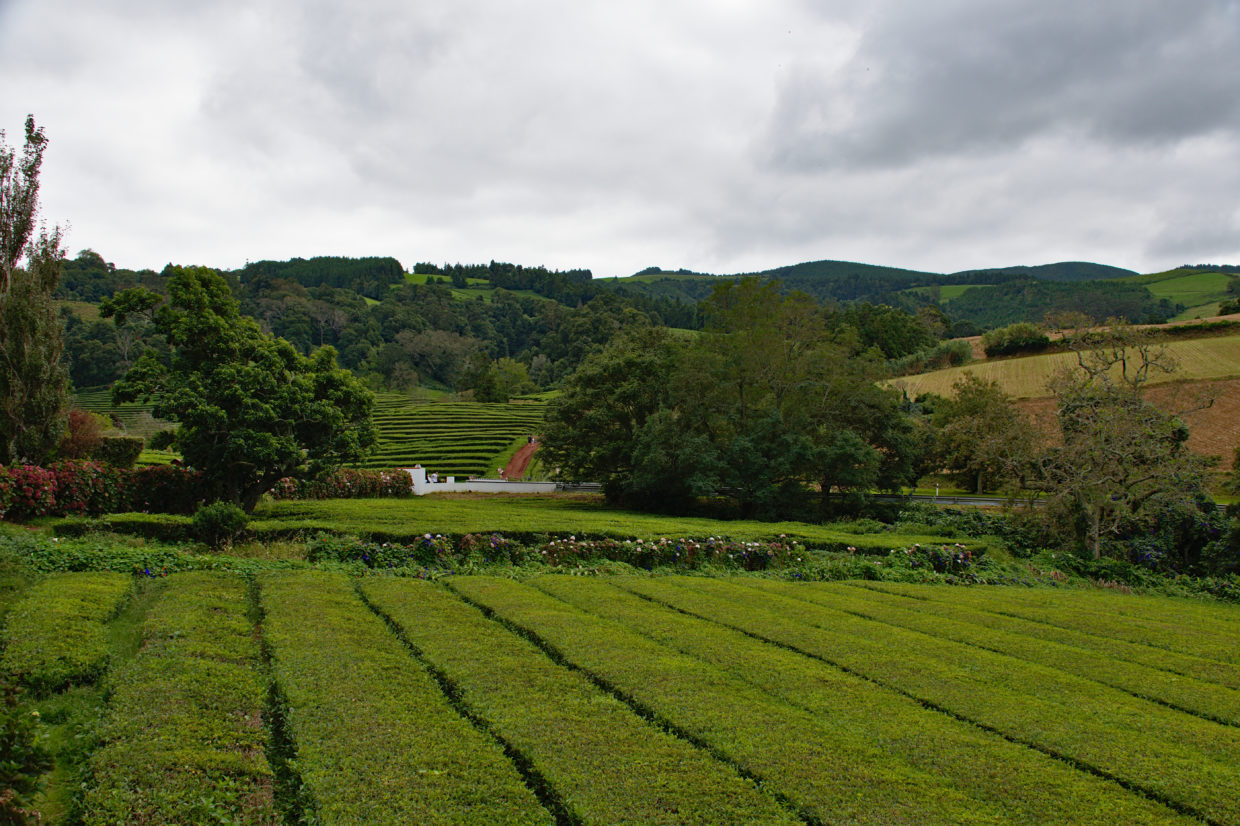
In the factory, you will be able to see a variety of machines. These are used to “roll”, dry and sort the tea leaves into the different quality classes.
Sometimes there are guided tours of the factory, while other times, you will be able to explore it on your own. At the end, you will enter a room where you can sample some of the teas.
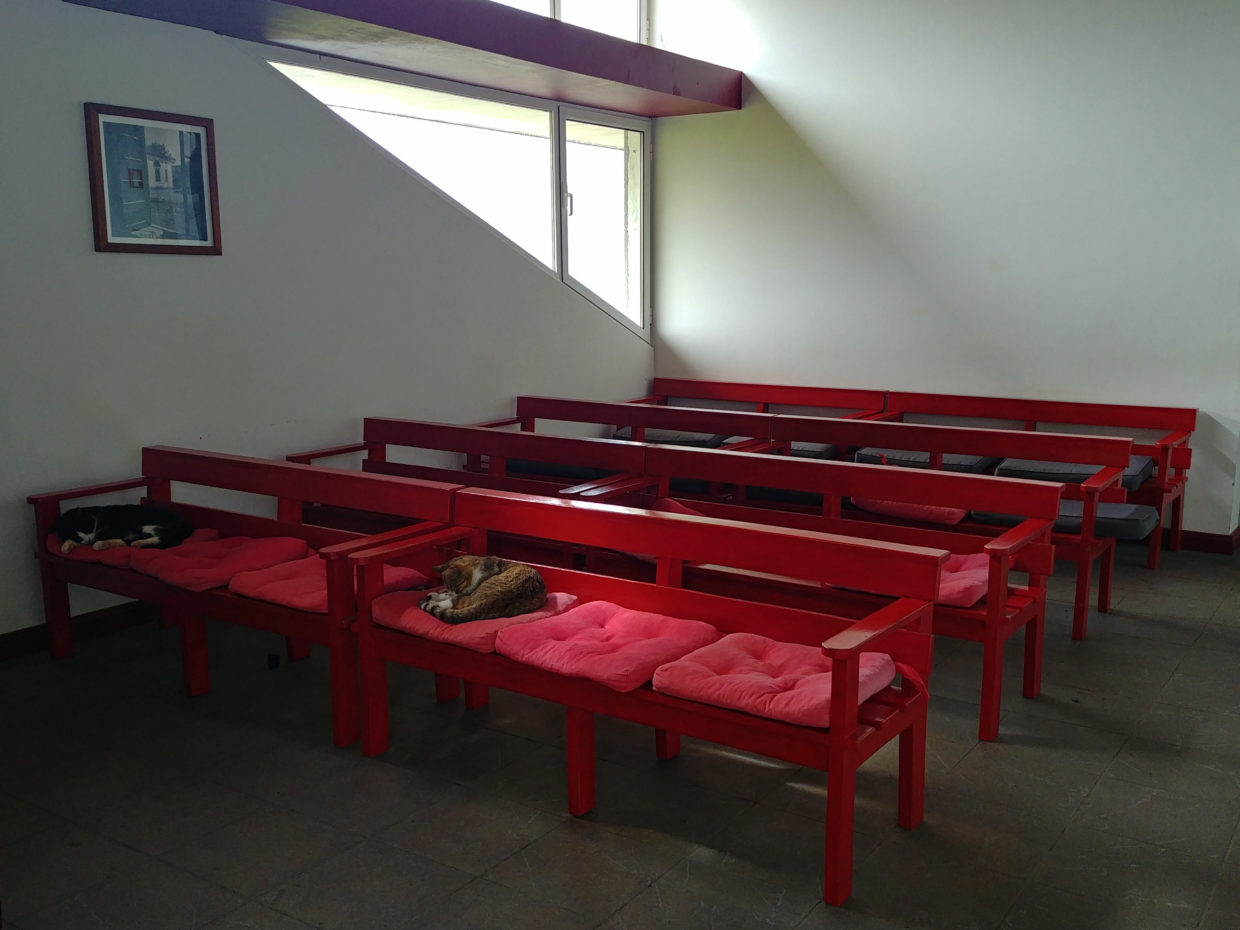
By the exit, you will be able to visit a small shop where you can buy souvenirs and things like ice cream and coffee, and also watch a film about tea production.
The Tea Factory Chá Porto Formoso
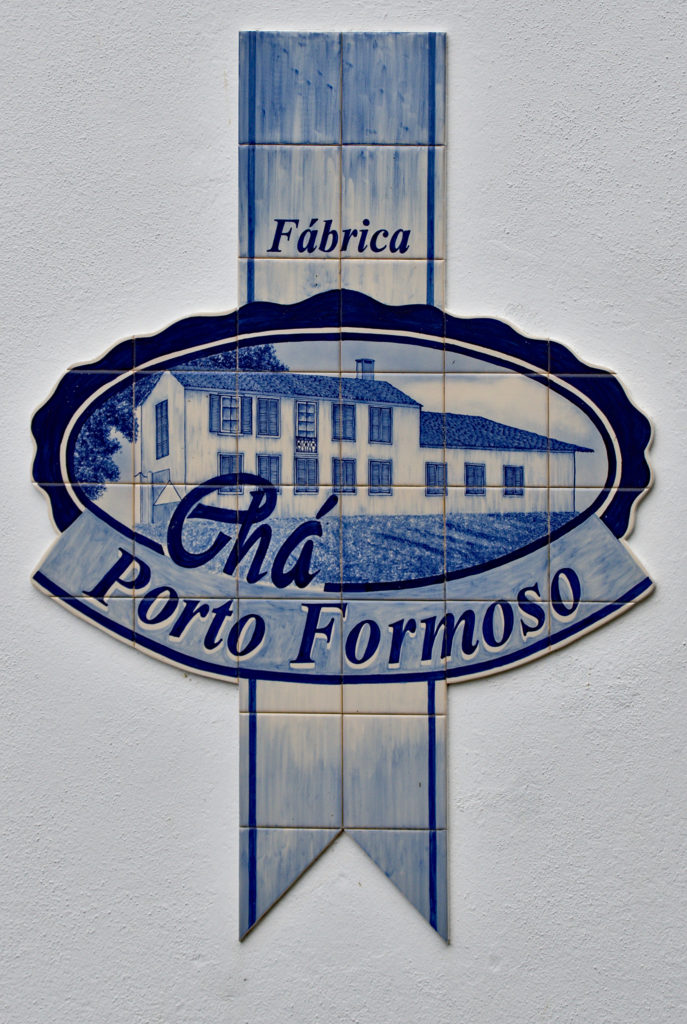
Chá Porto Formoso is also situated by the main road close by, near the Porto Formoso. We especially loved the park-like entrance area which starts right after the gate at the entrance. The path leads along a wall with a very pretty water basin and through a plantation avenue.
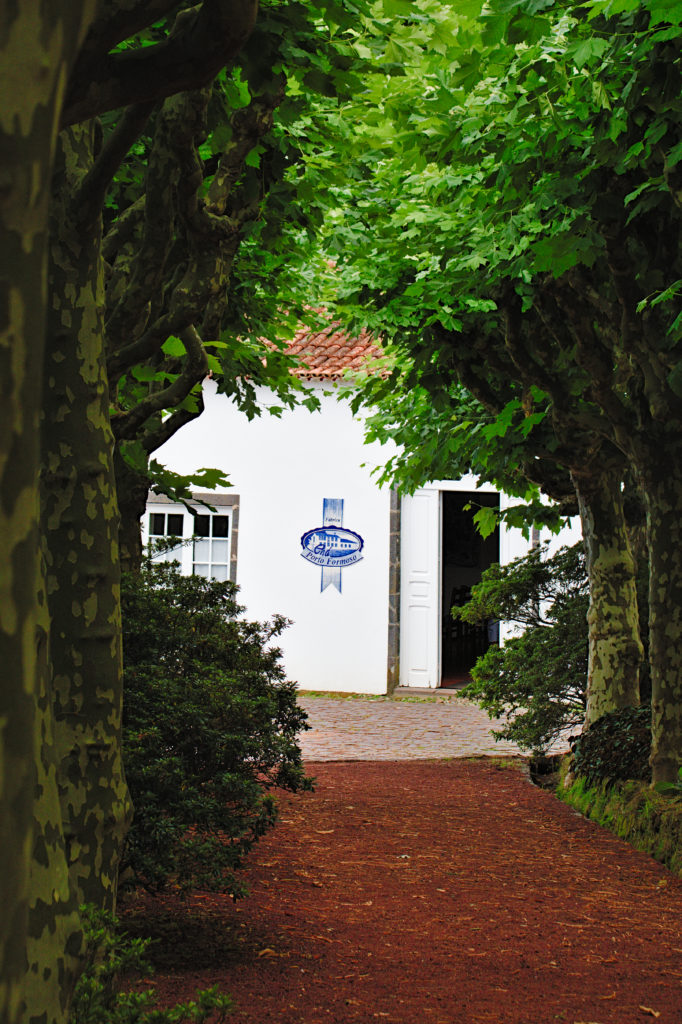
After a short film about the plantation, we were taken on a guided tour of the various rooms with the many different machines.
At the end of the tour, the visitors are invited to taste the tea. If you would like, you can of course also purchase the tea as well as other small things. At our last visit, they were even selling seedlings, in case you want to try your own hand at farming tea.
A final word from us about tea plantations
Nobody will urge you to buy anything at either of the factories. Maybe you will still find something you like though. Without visitors who buy something at the factories, these businesses would not survive. Why don’t you just purchase some tea from Europe for someone you love at home?
